The Mauritshuis acquired international fame only under the leadership of Abraham Bredius, director 1889–1909. The young man who thought he’d study Italian art became a champion of his native Dutch art. As he travelled across Europe to see Dutch 17th-century paintings, his archival research became the hallmark of his scholarship. Having catalogued the Rijksmuseum collection, he took up his post as Director of the Mauritshuis.
The controversial Bredius leaked feisty art gossip to the press while – expressly defying museum rules – using his private wealth to assemble his own collection of Dutch art. At the same time, he wrote with his assistant a new Mauritshuis catalogue and acquired 30 paintings for the collection (sometimes using his personal money). They include Vermeer’s Girl with the Pearl Earring, Fabritius’s The Goldfinch and Rembrandt’s Saul and David – his scholarly 1935 catalogue of Rembrandt paintings reduced from 690 to 630 the ‘securely’ attributed pictures.
In 1909 he resigned his directorship, and in 1922 settled in Monaco to avoid Dutch taxes. On his death in 1946 he left 26 pictures to the Mauritshuis including a Dutch-influenced still life masterpiece by Chardin, a perfect continuum to works by Clara Peeters, Pieter van Anraadt and Nicolaes Maes. (His own Vermeer, which he discovered, is now in the Metropolitan Museum of Art in New York.)
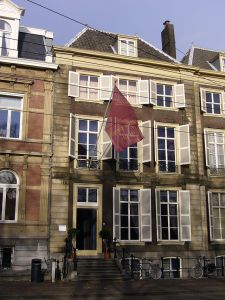 The rest of his pictures went to the Dutch state and today they hang in a fine 1750s terraced house, though not Bredius’s own. Visiting it gives insight into how Bredius, or a successful burgher, would have furnished their bourgeois home with quality furniture, porcelain and, of course, pictures. Bredius’s 17th-century Dutch pictures provide a survey of the period – Rembrandt’s fine Christ, a rare painting by his pupil Willem Drost, Buytewech’s Tavern Scene, and Ambrosius Bosschaert’s exquisite Glass with Four Tulips.
The rest of his pictures went to the Dutch state and today they hang in a fine 1750s terraced house, though not Bredius’s own. Visiting it gives insight into how Bredius, or a successful burgher, would have furnished their bourgeois home with quality furniture, porcelain and, of course, pictures. Bredius’s 17th-century Dutch pictures provide a survey of the period – Rembrandt’s fine Christ, a rare painting by his pupil Willem Drost, Buytewech’s Tavern Scene, and Ambrosius Bosschaert’s exquisite Glass with Four Tulips.
The collection also has three important genre scenes by Jan Steen, including The Severe Teacher, which complement the several great Steens at the Mauritshuis, and two lesser ones. These and about 15 loans, many never on public view before, form a special exhibition devoted to Steen. Among them hangs the museum’s fake Steen bought by Bredius. Even the most highly trained eye can, with optimism, misjudge.
‘Jan Steen and the Mauritshuis’ is at the Museum Bredius, The Hague, until 8 January 2015. A Mauritshuis ticket gives free entrance to Museum Bredius and its exhibitions. Full catalogue by Guido Jansen.
Related Articles
The Hague’s Hidden Treasures: Gemeentemuseum den Haag and the Het Paleis
The Hague’s Hidden Treasures: Prince William V’s Picture Gallery
Reopening the jewel box: the Mauritshuis opens its doors (Louise Nicholson)
Editor’s Letter: Two Jewel Boxes (Thomas Marks)
Unlimited access from just $16 every 3 months
Subscribe to get unlimited and exclusive access to the top art stories, interviews and exhibition reviews.

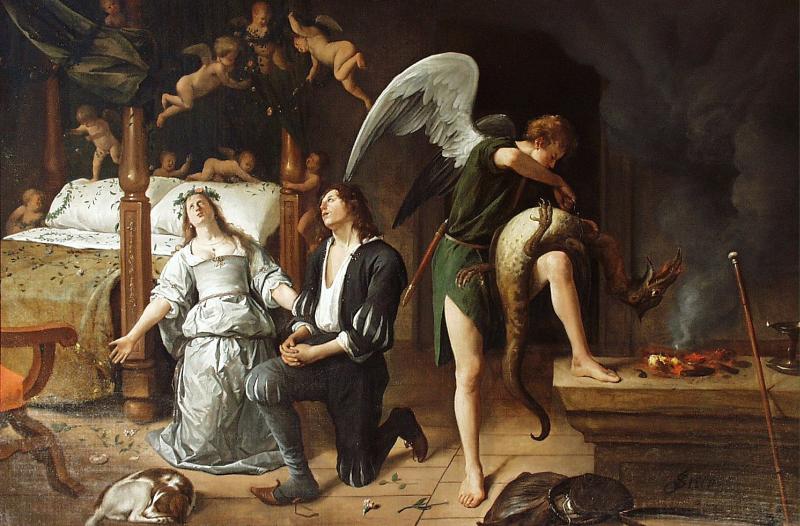

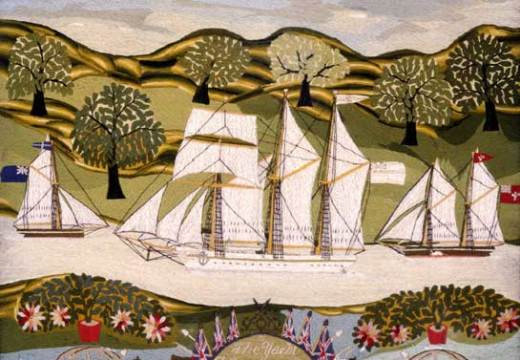
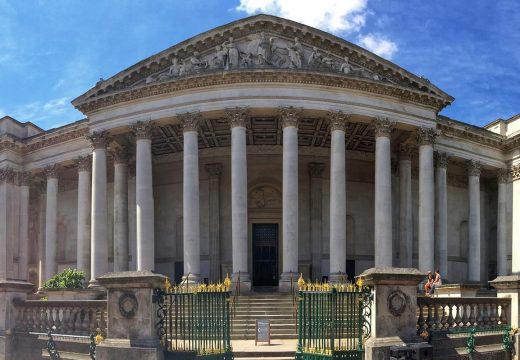


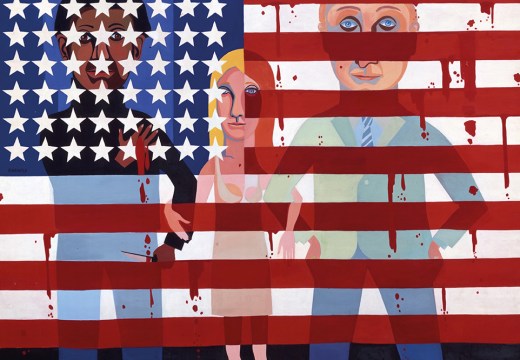





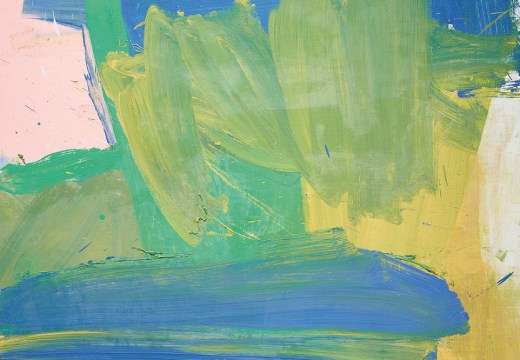
![Masterpiece [Re]discovery 2022. Photo: Ben Fisher Photography, courtesy of Masterpiece London](http://www.apollo-magazine.com/wp-content/uploads/2022/07/MPL2022_4263.jpg)
Why are fathers so absent from art history?